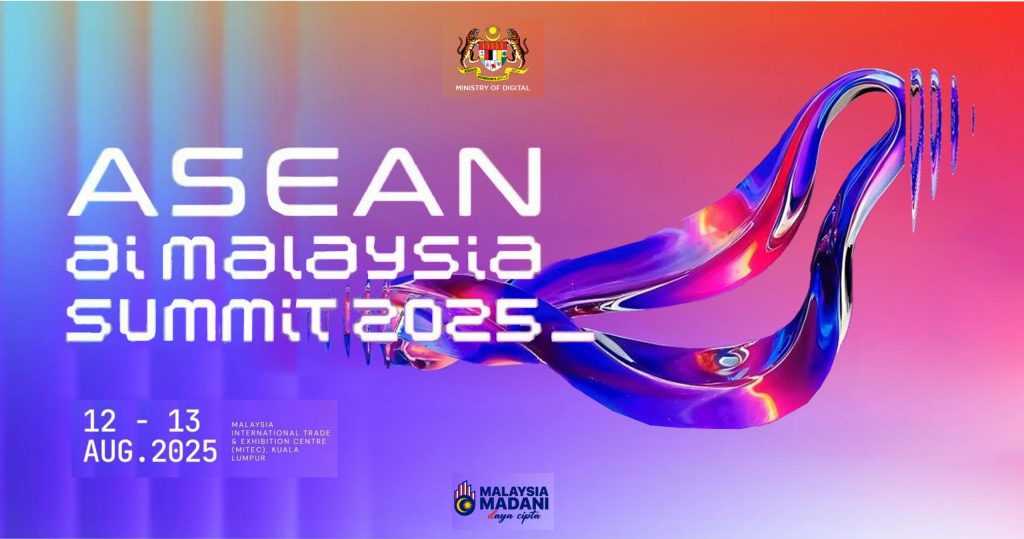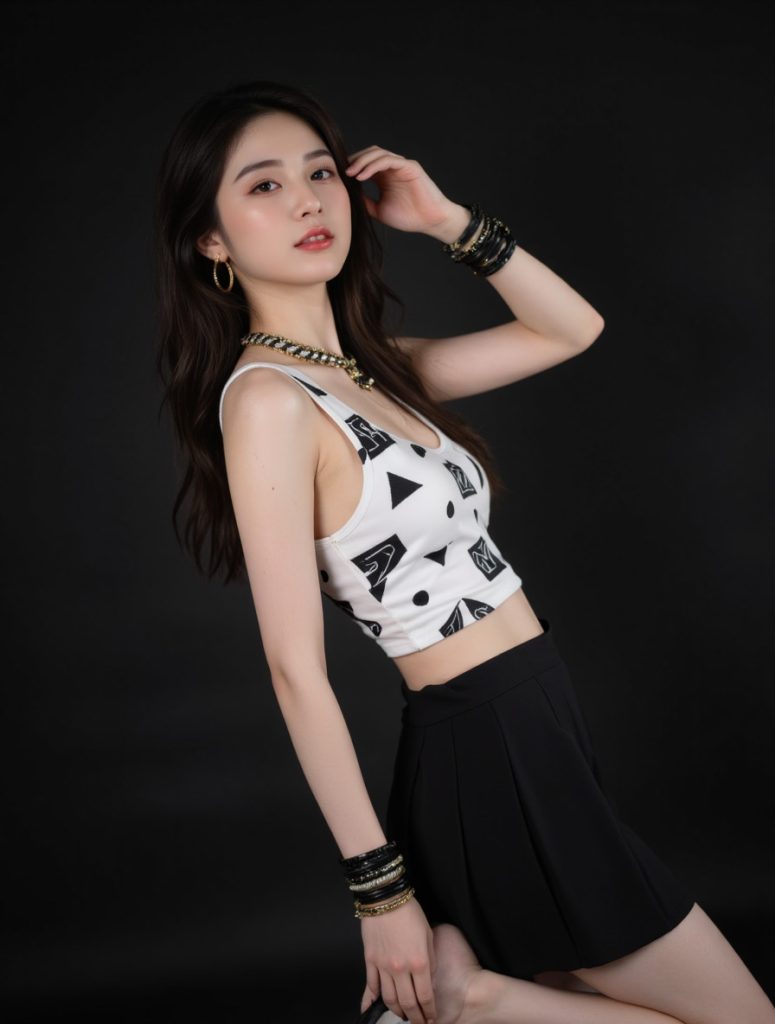AI Influencer
AI Influencer
Influencers no longer have to be human. With AI, entire digital personalities can be designed from scratch — characters who look, speak, and act with believable nuance. These AI influencers can appear on livestreams, react in real time to comments, hold conversations, and even shift their style or persona based on audience interaction. Instead of a camera feed showing a human face, the AI character takes center stage, becoming the living, breathing presence that people follow.
What makes this different from simple avatars or pre-rendered animations is adaptability. The AI not only generates visuals — it also thinks and responds. A virtual character can develop a distinct voice, sense of humor, or worldview, evolving with its community as naturally as any human creator. They can collaborate with brands, host events, or even build parasocial connections — all while existing purely in digital form.
The future of influence may blur the line between reality and fiction. One day, the top trendsetters could be fully synthetic personalities with millions of followers, operating 24/7 across platforms without fatigue, scandal, or the limitations of biology. Audiences won’t just watch them — they’ll interact, co-create, and even shape the character’s ongoing story. In this new era, influence becomes less about who you are and more about what you can embody.
Creating and Empowering an AI Influencer
Building an AI influencer begins with design. Instead of searching for the “perfect” human face, we generate one — sculpted from a mix of realism, stylization, and originality. Every detail can be tuned: facial structure, fashion sense, cultural background, even subtle quirks like how she smiles or the rhythm of her speech. This identity is then animated through advanced image and video generation, giving life to a digital character that can pose, walk, dance, or appear in any scenario we imagine.
But visuals are only the surface. Underneath, the influencer’s “brain” is powered by AI models that allow her to converse naturally, respond to live audiences, and adapt her personality over time. She can host livestreams where viewers type questions and she answers in real time — not as a script, but as a genuine-seeming conversation. Her tone, humor, and emotional responses evolve the more she interacts, building the illusion of a dynamic, living persona.
This adaptability makes her a powerful tool for promotion. A brand can place her in a photoshoot generated entirely by AI: one day in high fashion, the next on a tropical beach, later in futuristic cyberpunk gear. The same character can be rendered consistently across formats — static images, short-form videos, even interactive 3D avatars. Events and products can be seamlessly integrated into her content: she could wear a new clothing line, showcase a tech gadget, or become the virtual host of a live launch event.
Where human influencers are bound by logistics, AI influencers scale infinitely. One influencer can appear in multiple time zones at once, stream continuously, and switch aesthetics at the speed of imagination. They don’t just promote products — they can create entire storylines, campaigns, and worlds that audiences step into. This fusion of creativity and adaptability transforms marketing from a static message into a living, ongoing experience.






































